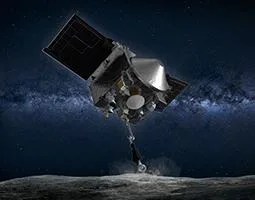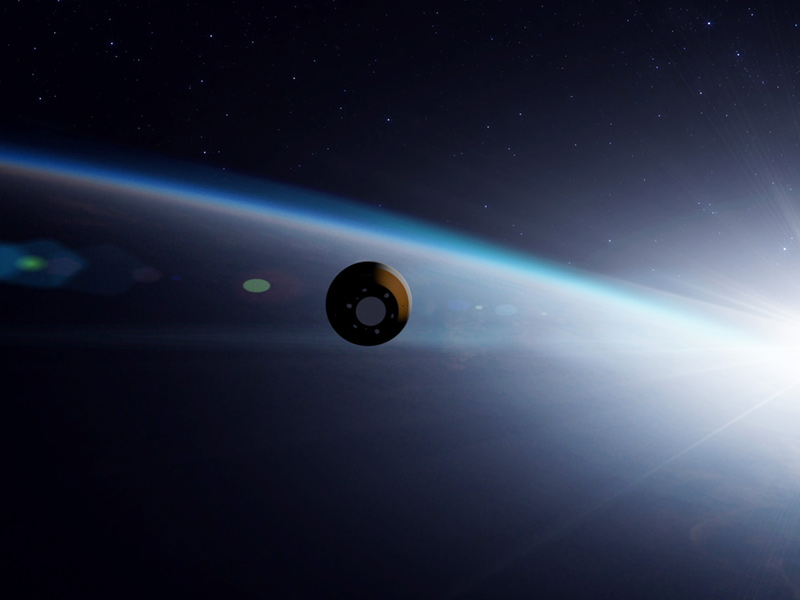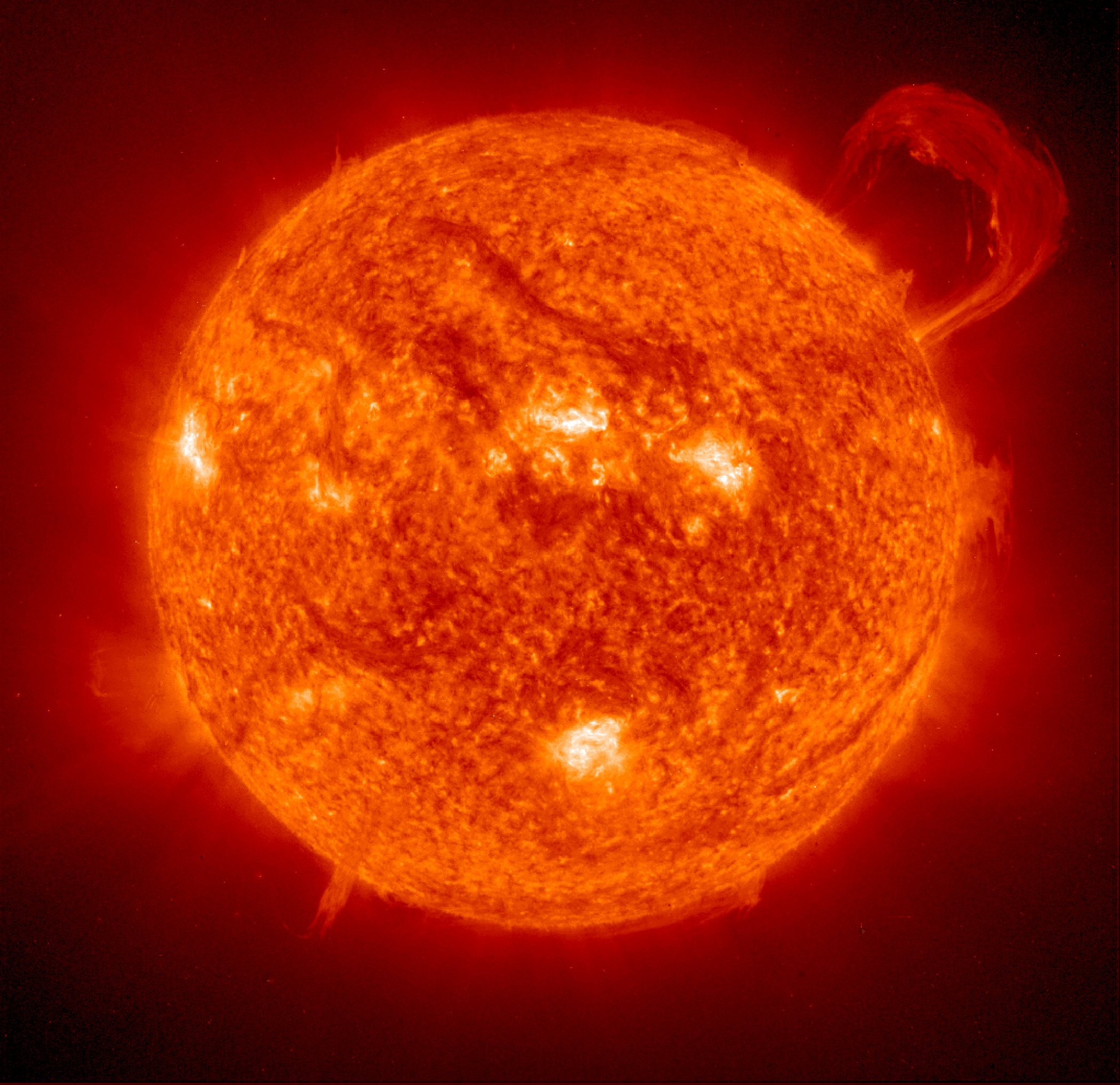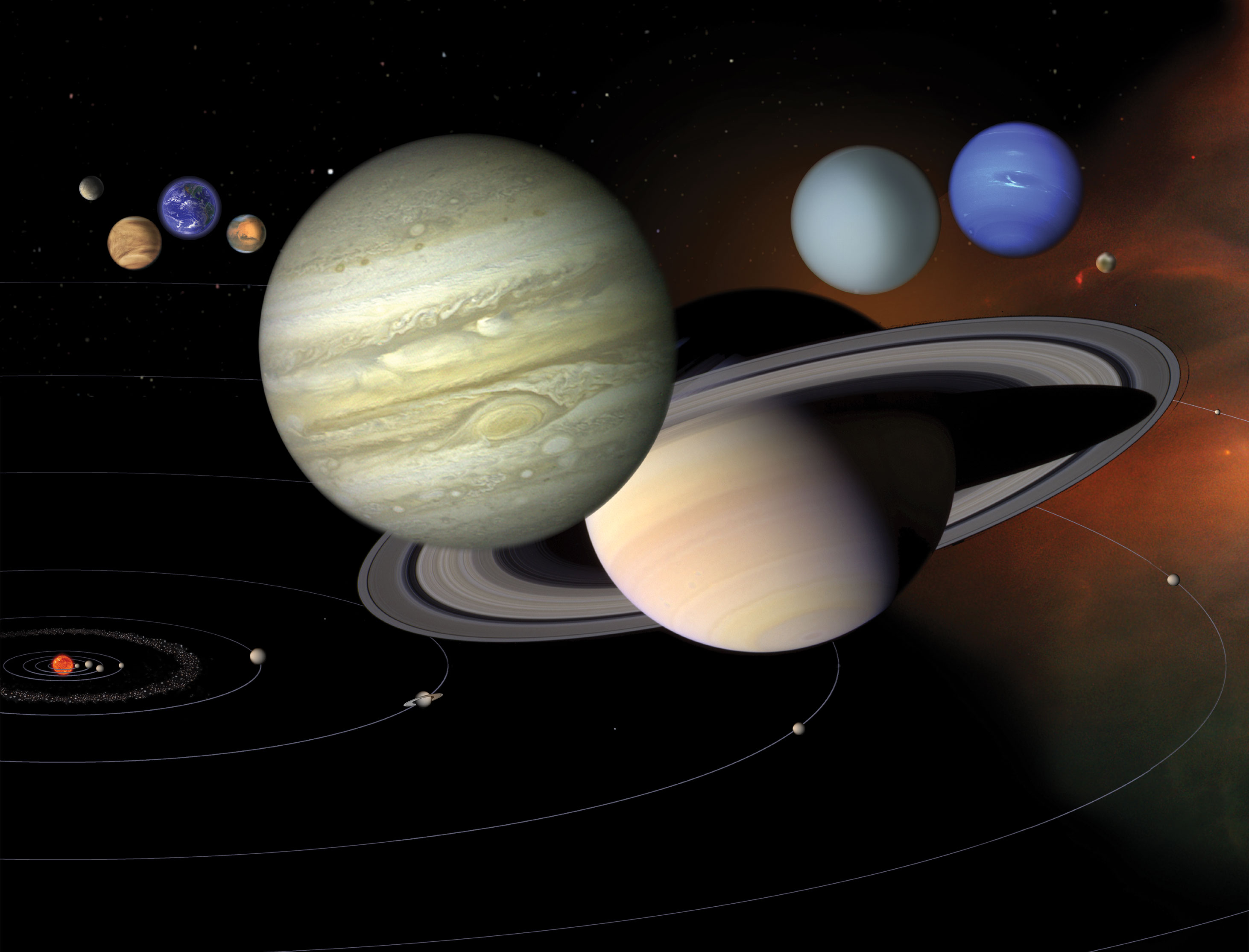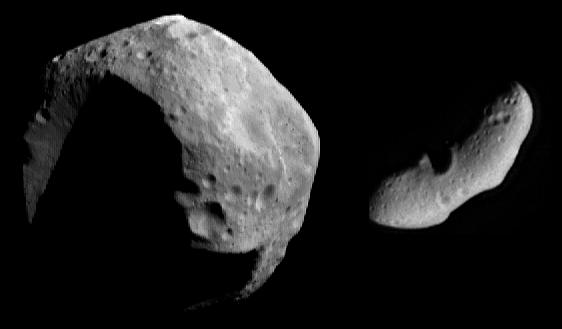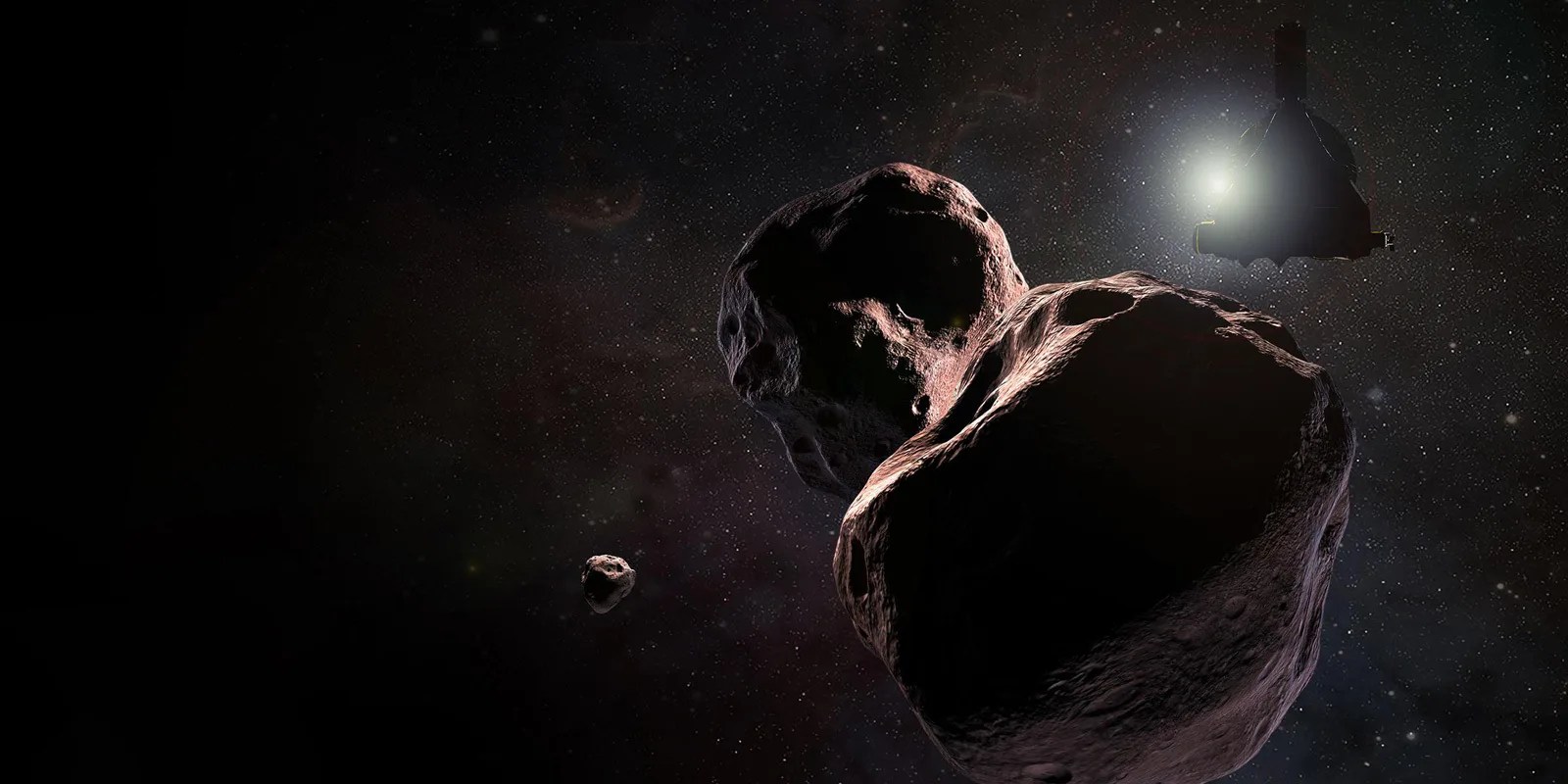Overview
Bennu is a carbon-rich asteroid that is about one-third of a mile (half a kilometer) wide at its equator.
An ancient relic of our solar system’s early days, asteroid Bennu has seen more than 4.5 billion years of history. Scientists think that within 10 million years of our solar system’s formation, Bennu’s present-day composition was already established.
Bennu likely broke off from a much larger carbon-rich asteroid about 700 million to 2 billion years ago. It likely formed in the main asteroid belt between Mars and Jupiter, and has drifted much closer to Earth since then. Because its materials are so old, Bennu may contain organic molecules similar to those that could have been involved with the start of life on Earth.
Bennu’s average orbital distance from the Sun is about 105 million miles (168 million kilometers), which is only slightly farther than Earth’s average orbital distance of 93 million miles.
Exploration
Bennu was the target of NASA's first asteroid sample return mission, OSIRIS-REx. The spacecraft dropped off a sample of Bennu on Sept. 24, 2023.
NASA’S OSIRIS-REx Curation Team Reveals Remaining Asteroid Sample
The astromaterials curation team at NASA’s Johnson Space Center in Houston has completed the disassembly of the OSIRIS-REx sampler head…
Read the Story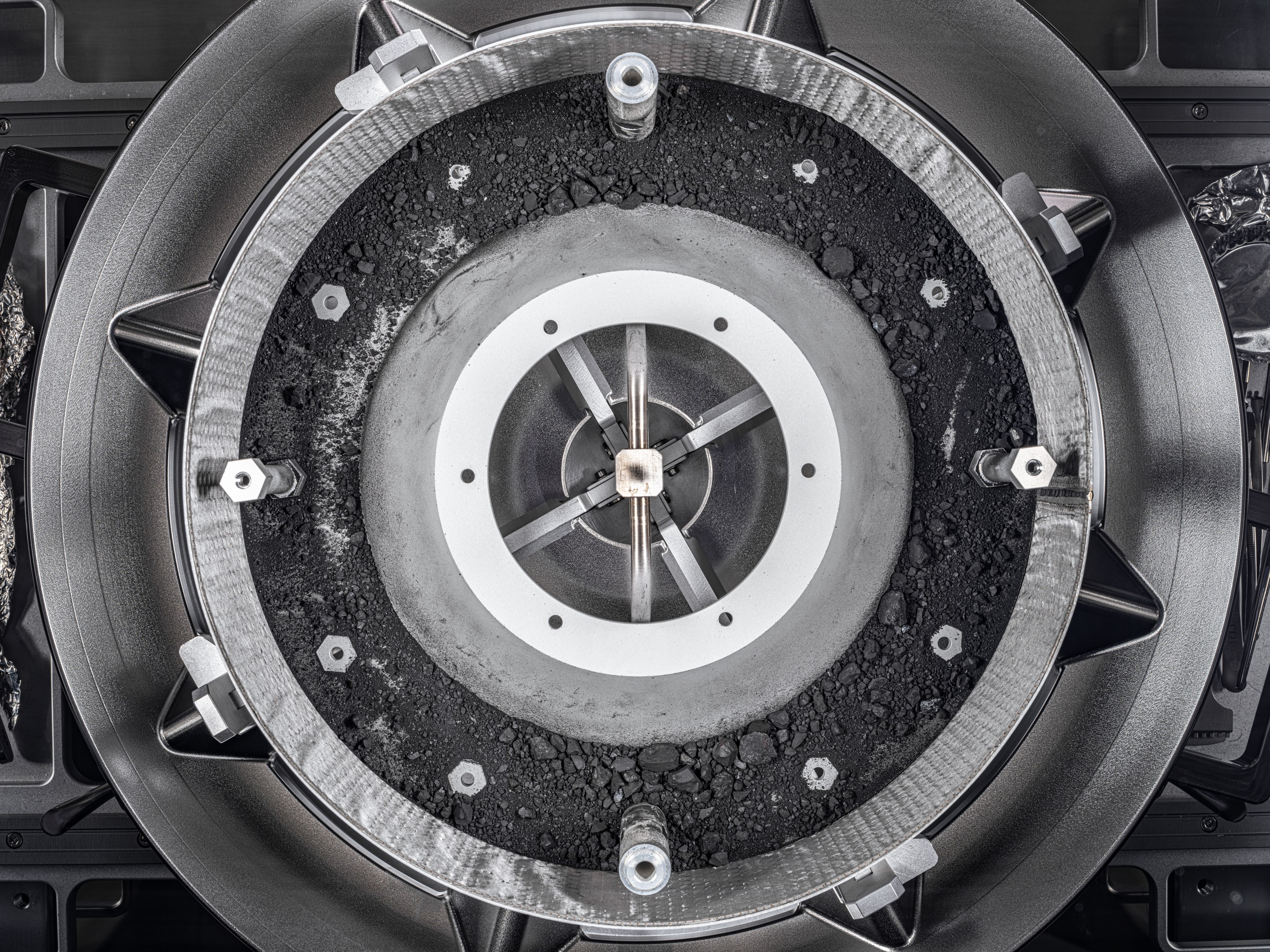
Next Stop
After delivering the sample, the spacecraft began a new mission as OSIRIS-APophis EXplorer (OSIRIS-APEX) and headed toward an encounter with asteroid Apophis in 2029.
How This Asteroid Got Its Name
Bennu’s original designation was 1999 RQ36. The name “Bennu,” referencing an ancient Egyptian deity, was picked in 2013 by nine-year-old Michael Puzio, from North Carolina, who won a naming competition.



